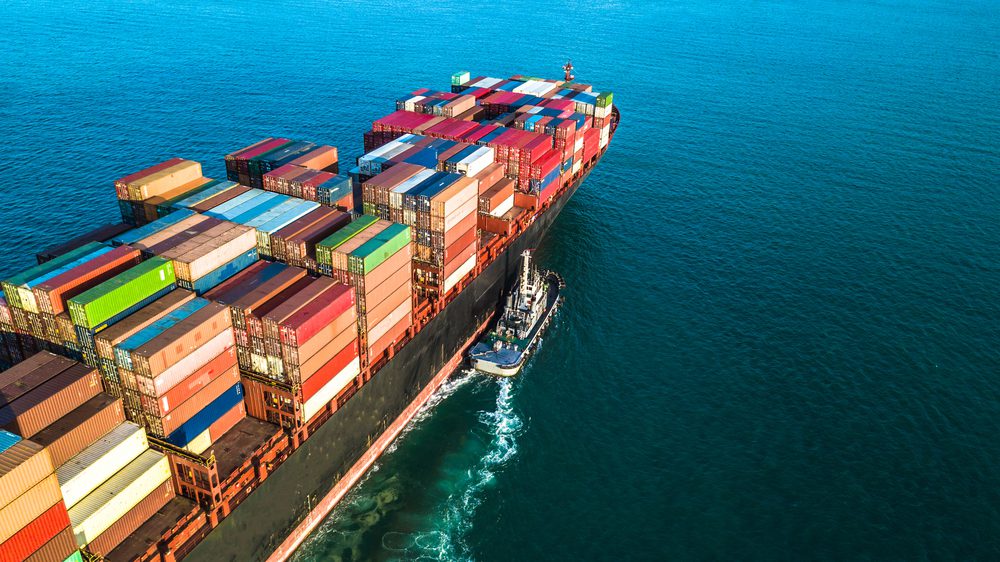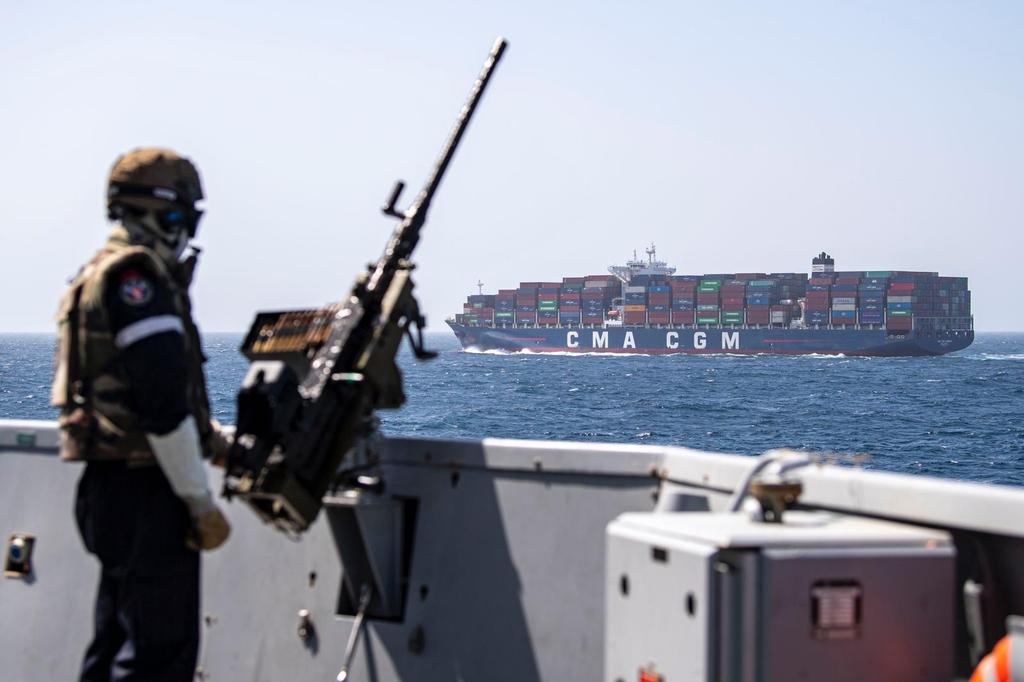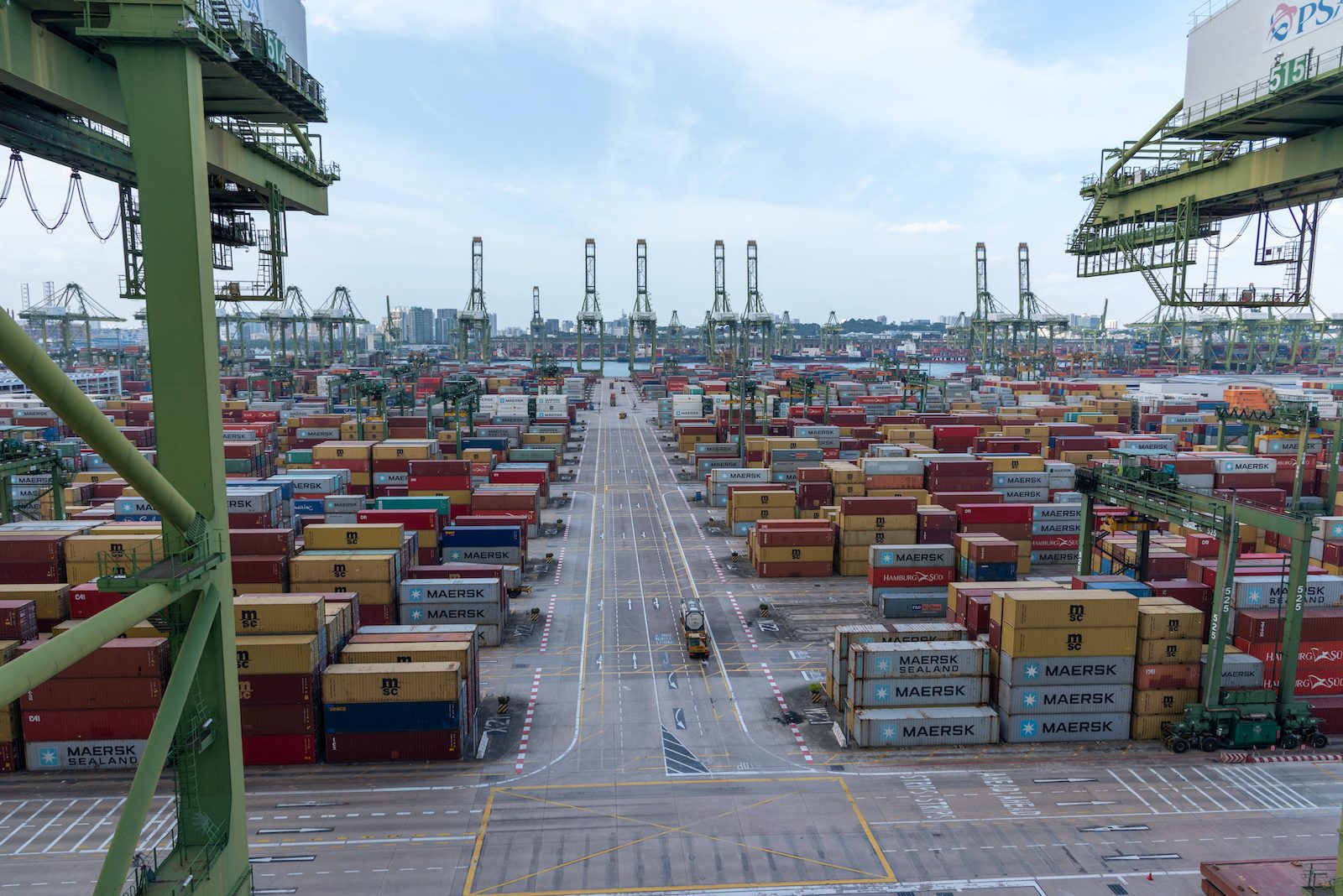By Mike Wackett (The Loadstar) –
The shift by some ocean carriers to owning more tonnage rather than chartering-in ships has depleted the containership charter market by 1.6 mllion teu, according to Alphaliner data.
And there are concerns being raised in shipbroker circles that this reduction of ‘open’ tonnage will hinder the ability of the industry to cope with the normal seasonal peaks and troughs of the liner trades.
According to the consultant, the flight of tonnage controlled by NOOs (non-operating owners) began in August 2020, when carriers, flush with cash from soaring freight rates, began tapping into their fleets.
In just 18 months, a staggering 500-plus containerships have been sold to liner operators through the second-hand market, “a massive fleet exodus”, says Alphaliner, “which finds its root cause in the post-Covid cargo demand bonanza”.
It said the huge almost overnight requirement for containerships “caused charter rates to skyrocket to levels unseen in the history of container shipping”.
“Buying, rather than chartering, ships quickly became financially more relevant for liner operators, especially in the early days when second-hand assets were cheap,” said Alphaliner.
Moreover, for many smaller NOOs that had struggled to navigate years of sub-economic daily hire rates – many teetering on the verge of bankruptcy – the cash offers for their ships were too good to refuse.
The strong demand for tonnage on the S&P market has pushed asset valuations to historic highs, for even elderly boxships, reducing the scrapping candidates in the sector to virtually zero.
“MSC was by far the main buyer, with 169 container vessels for 636,900 teu acquired second-hand,” said Alphaliner.
It said CMA CGM was the second most aggressive carrier in the S&P market, with its purchase of 62 ships for 207,000 teu, with Maersk third, with 27 vessels for 141,600 teu, followed by Wan Hai, with its haul of 23 for 139,700 teu.
However, some carriers decided to use their rate windfalls for newbuild tonnage to increase their dividends to shareholders, or to take their chances on the charter market with longer-term fixtures.
According to Alphaliner data, 175 vessels for 710,321 teu were ordered by NOOs over the past 20 months, with over half of these already fixed on long-term charters with carriers.
“The low newbuilding figures, versus the amount of tonnage ‘lost’, suggests the NOO fleet needs a lot more ordering in the 1,000-9,000 teu sizes,” said the consultant.
But it added that there were several factors deterring NOOs from ordering new ships, including the soaring costs, lengthening lead times and, not least, the uncertainties regarding environmental regulations and fuel choices.
Meanwhile, shipbroker sources have told The Loadstar of their concern at the dearth of open container tonnage on the market at present, and of the lack of future candidates.
“As it stands, the prospects are not good,” said one broker, “however, we think that when things return to some form of normal that the carriers might look to charter-out some of the smaller tonnage they acquired which becomes surplus to their requirements – that will give us something to sell,” he said.
The Loadstar is known at the highest levels of logistics and supply chain management as one of the best sources of influential analysis and commentary.
Unlock Exclusive Insights Today!
Join the gCaptain Club for curated content, insider opinions, and vibrant community discussions.

 Join The Club
Join The Club













